A Study of the Influence of Destination Social Cues on Tourists' Protective Decision-Making in a Risky Environment
DOI: 10.23977/tmte.2024.070118 | Downloads: 18 | Views: 1417
Author(s)
Runhong Zhou 1, Kun Qin 1, Ruobing Huang 1
Affiliation(s)
1 Business and Tourism School, Sichuan Agricultural University, Chengdu, Sichuan, China
Corresponding Author
Runhong ZhouABSTRACT
Tourism industry needs to reduce the perceived uncertainty of potential tourists after a crisis, and the attitudes of government management, businesses and residents are crucial as social information. Based on Protection action decision model (PADM), this paper develops a comprehensive model of social cues on tourists' uncertainty reduction. The survey responses from 395 potential tourists in China were analyzed using a structural equation model. The results show that the three social cues perceived by potential tourists (tourism firms' socially responsible behavior, destination resilience, and resident trustworthiness) are negatively related to perceived uncertainty; perceived uncertainty mediates the effect of social cues on travel intentions. Perceived effort has an important mediating role between socially responsible behavior of tourism firms and destination resilience and perceived uncertainty. This study helps destination governments and firms to adopt relevant strategies for post-crisis destinations to facilitate the recovery of local tourism.
KEYWORDS
Social Cues, Perceived Uncertainty, Perceived Effort, Travel Intention, Protection Action Decision ModelCITE THIS PAPER
Runhong Zhou, Kun Qin, Ruobing Huang, A Study of the Influence of Destination Social Cues on Tourists' Protective Decision-Making in a Risky Environment. Tourism Management and Technology Economy (2024) Vol. 7: 143-153. DOI: http://dx.doi.org/10.23977/tmte.2024.070118.
REFERENCES
[1] Williams, A. M., & Baláž, V. (2015). Tourism Risk and Uncertainty: Theoretical Reflections. Journal of Travel Research, 54(3), 271–287.
[2] Bee-Lia Chua, Amr Al-Ansi, Myong Jae Lee & Heesup Han (2020): Tourists' outbound travel behavior in the aftermath of the COVID-19: role of corporate social responsibility, response effort, and health prevention, Journal of Sustainable Tourism.
[3] Brent W. Ritchie, Yawei Jiang. (2019).A review of research on tourism risk, crisis and disaster management: Launching the annals of tourism research curated collection on tourism risk, crisis and disaster management. Annals of Tourism Research. 79,102812.
[4] Lindell M K, Perry R W. (1992).Behavioral Foundations of Community Emergency Planning. Hemisphere Publishing Corp, 159-166.
[5] Lindell M K, Perry R W. (2012).The protective action decision model: theoretical modifications and additional evidence. Risk Analysis, 32(4): 616-632.
[6] Ken Strahan, Stuart J. Watson (2018): The protective action decision model: when householders choose their protective response to wildfire, Journal of Risk Research.
[7] Yang Liu, Zhe Ouyang, Peng Cheng. (2019). Predicting consumers' adoption of electric vehicles during the city smog crisis: An application of the protective action decision model, Journal of Environmental Psychology, 64:30-38.
[8] Becker, M., T. Knudse. (2005).The Role of Routines in Reducing Perceived Uncertainty. Journal of Business Research, 58 (6): 746-757
[9] Aliperti, G., & Cruz, A. M. (2019). Investigating tourists' risk information processing. Annals of Tourism Research, 79, 1–18.
[10] Law, R., Buhalis, D., & Cobanoglu, C. (2014). Progress on information and communication technologies in hospitality and tourism. European Journal of Marketing, 26(5), 727–750.
| Downloads: | 14445 |
|---|---|
| Visits: | 485791 |
Sponsors, Associates, and Links
-
Information Systems and Economics

-
Accounting, Auditing and Finance

-
Industrial Engineering and Innovation Management
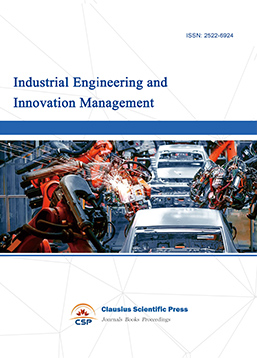
-
Journal of Computational and Financial Econometrics

-
Financial Engineering and Risk Management

-
Accounting and Corporate Management

-
Social Security and Administration Management

-
Population, Resources & Environmental Economics

-
Statistics & Quantitative Economics

-
Agricultural & Forestry Economics and Management
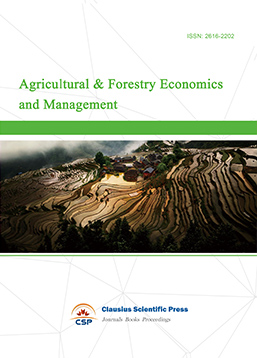
-
Social Medicine and Health Management
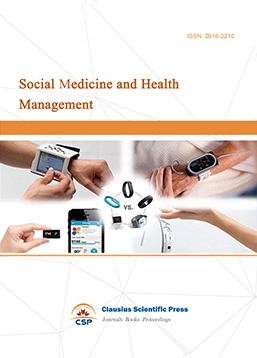
-
Land Resource Management
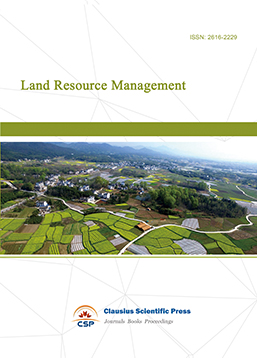
-
Information, Library and Archival Science

-
Journal of Human Resource Development

-
Manufacturing and Service Operations Management
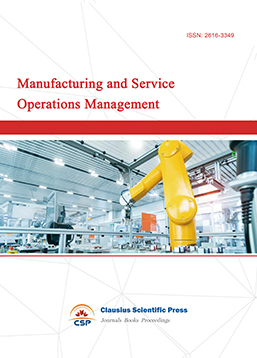
-
Operational Research and Cybernetics


 Download as PDF
Download as PDF